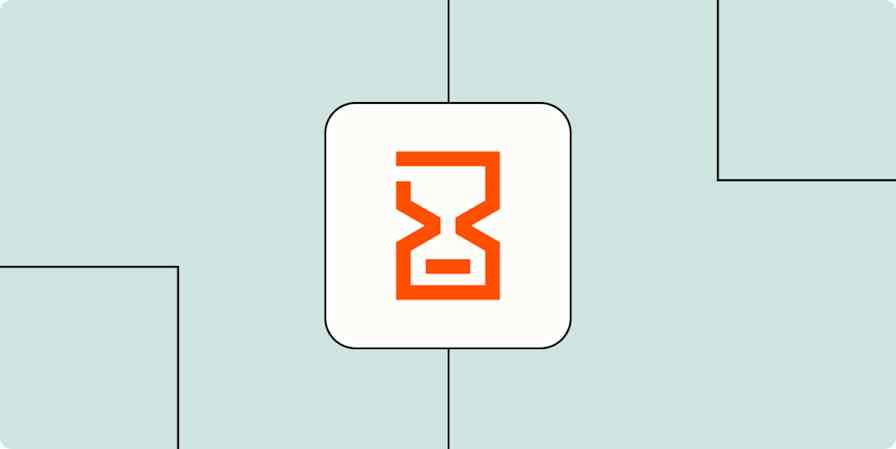Automation inspiration
3 min readHow can I copy or clone Zaps to save time mapping data between fields?
An Ask Zapier answer
By Janine Anderson · January 12, 2021

Get productivity tips delivered straight to your inbox
We’ll email you 1-3 times per week—and never share your information.
Related articles
Improve your productivity automatically. Use Zapier to get your apps working together.







